This article has been updated since its initial publish date to include more expert insight.
Are you unknowingly contributing to your own thinning hair dilemmas? Say it ain’t so! While genetics, aging, and stress can be among the biggest culprits responsible for thinning hair, you could be doing things on your very own at home that make the problem worse or could lead to future thinning. From styling errors to an incredibly common scalp issue you could be overlooking that can lead to damaged, thinning hair, these are two hair care mistakes that almost always lead to thinning.
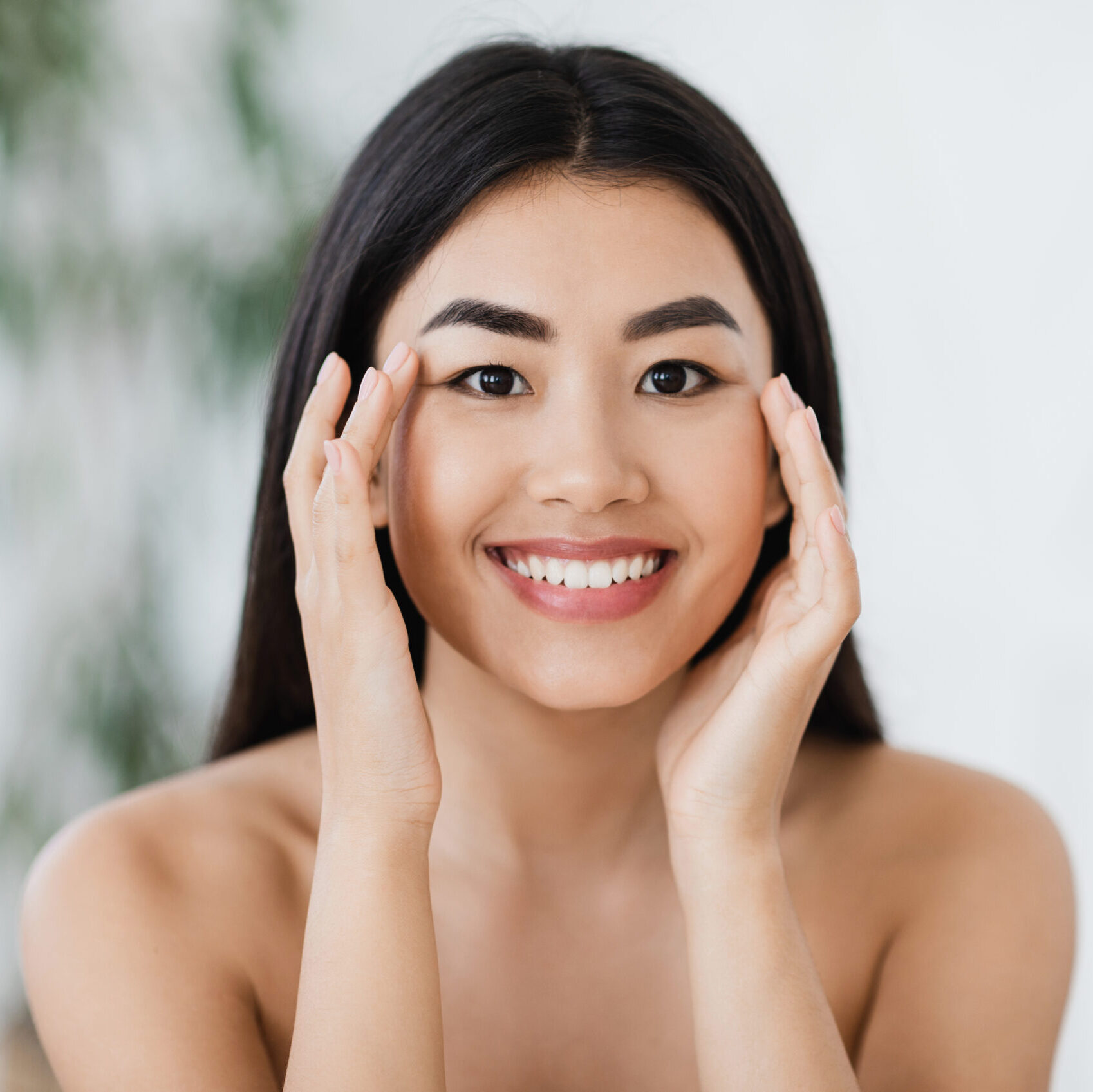
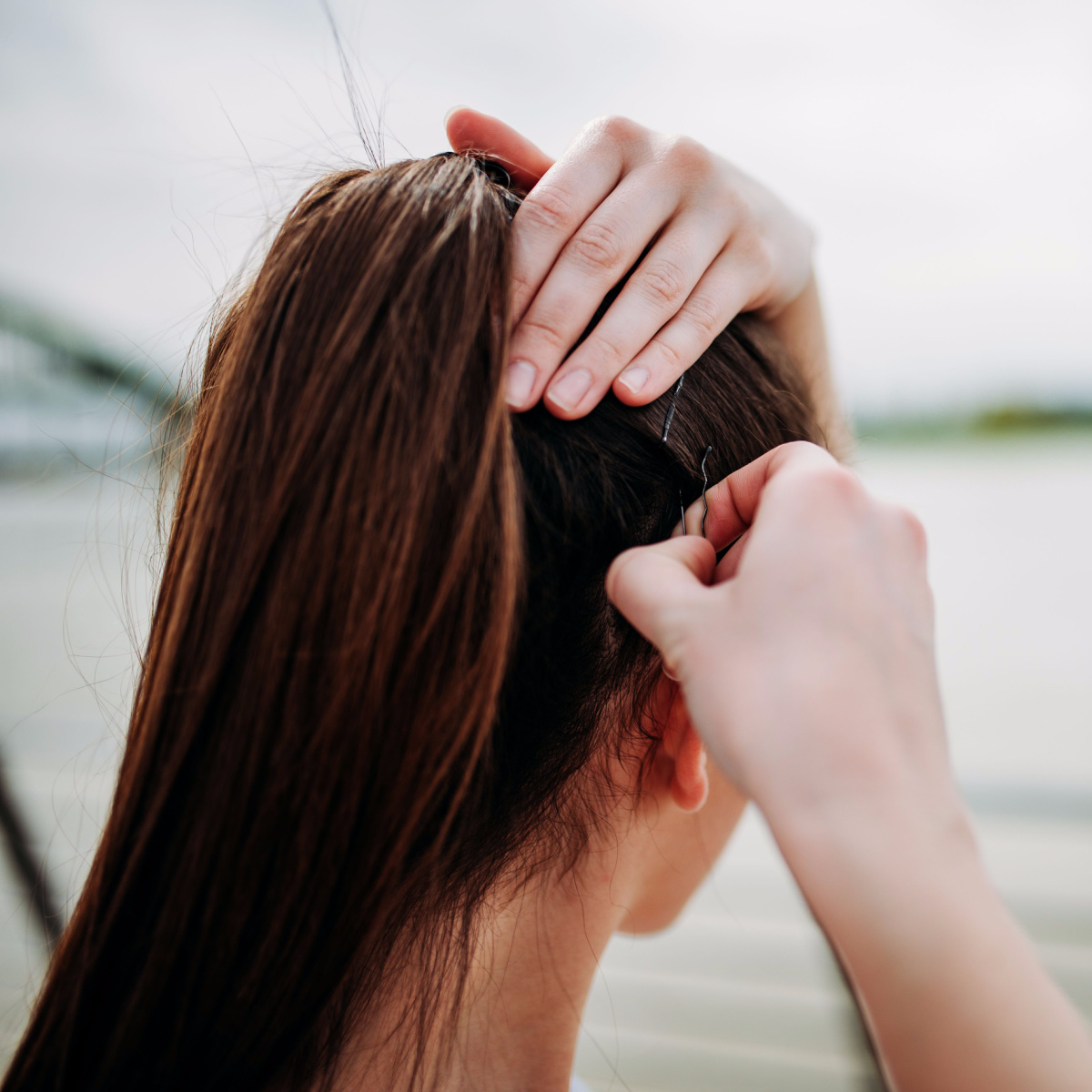
Mistake #1. Tight Ponytails & Steam Water
The two biggest mistakes that Jean Lopez, co-founder at LilyHair, says she sees are the excessive style of tight ponytails or hairdos and the frequent usage of steam water to rinse the hair.
“Your hairline and hair can be severely damaged by tight ponytails,” Lopez said. “It can yank out a lot of hair, making your hair thin. The use of heating equipment is analogous to washing with steam water. Every hair is to be left vulnerable to damage because the natural oils have been removed. It causes the hair follicles to open, causing further irritation.”
The solution is simple: avoid wearing tight ponytails frequently and, when you do style your hair, ensure that it is loose enough to prevent harm to the hair.
“You can also wash your hair with steam, but this is not recommended too often,” Lopez said. “Make certain to wash it with cold water after steaming it to close your pores and prevent inflammation.”
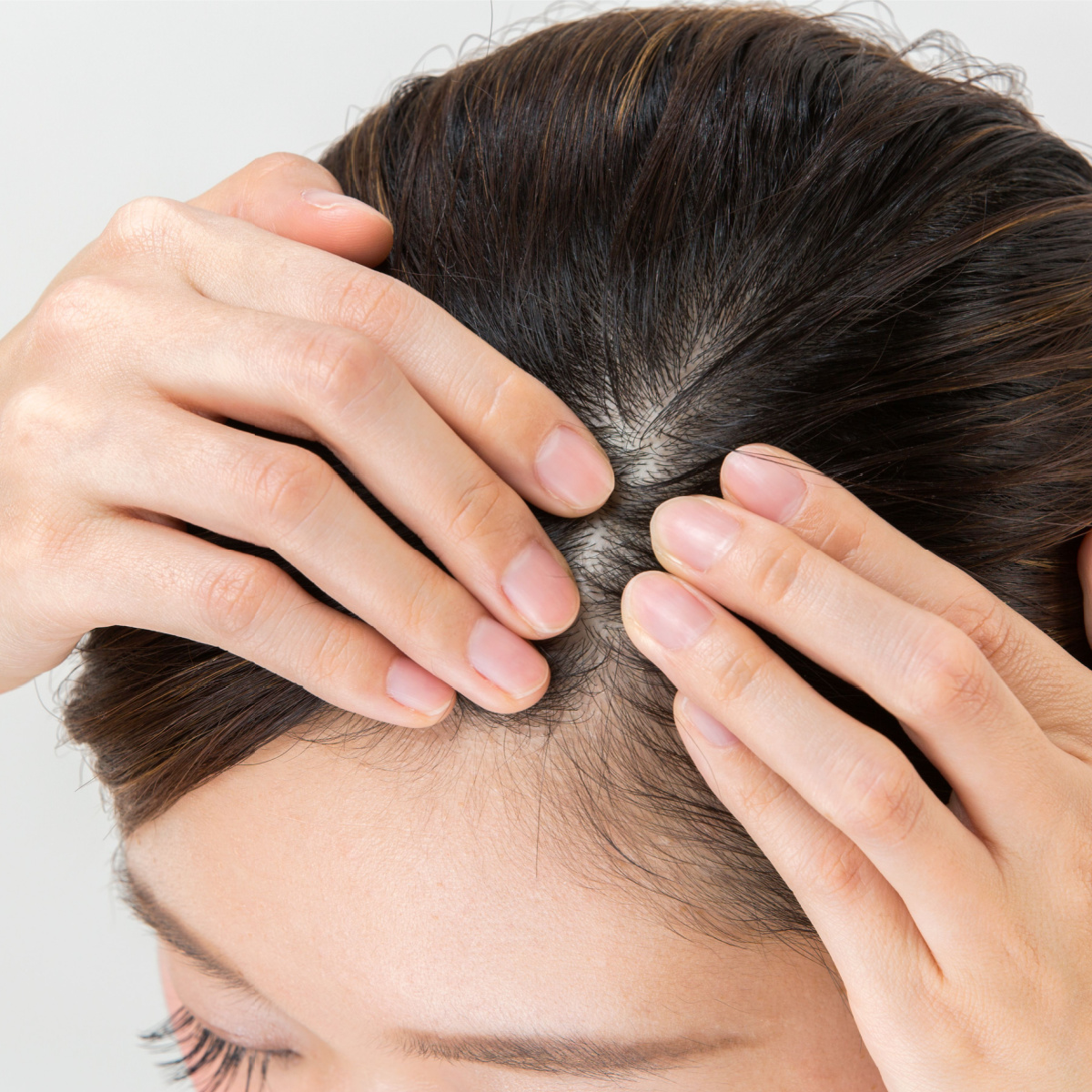
2. Not Treating Dandruff
Maintaining the health of your scalp is critical and should never be overlooked — and failing to do this can lead to thinning hair, says Ben Clarkson, the co-founder of New Hairline.
“An unhealthy scalp can cause a variety of problems, some of which may worsen into something far more serious,” Clarkson said. “Dandruff is the most common cause of hair loss. Dandruff is a fungal growth on your scalp that can be flaky or oily. It is extremely difficult to remove and can be found on almost everyone's scalp. However, it becomes a problem when you begin to notice visible dandruff, which occurs when you do not properly care for your hair.”
Dandruff weakens the hair roots, resulting in hair loss, but washing your hair with an anti-dandruff shampoo or lotion can help, Clarkson said.
It’s also a good idea to get a dermatologist’s opinion if you constantly deal with dandruff or other scalp irritation. “Not only can dandruff be caused by unhealthy hair, but so can a variety of scalp diseases,” Clarkson said. “There could be an underlying infection or a dermatological problem, and ignoring them will only make your situation worse.
This can also happen to people who constantly tie their wet hair. Wet hair requires time to dry because the humid environment can cause many bacteria and fungal infections on your scalp.”
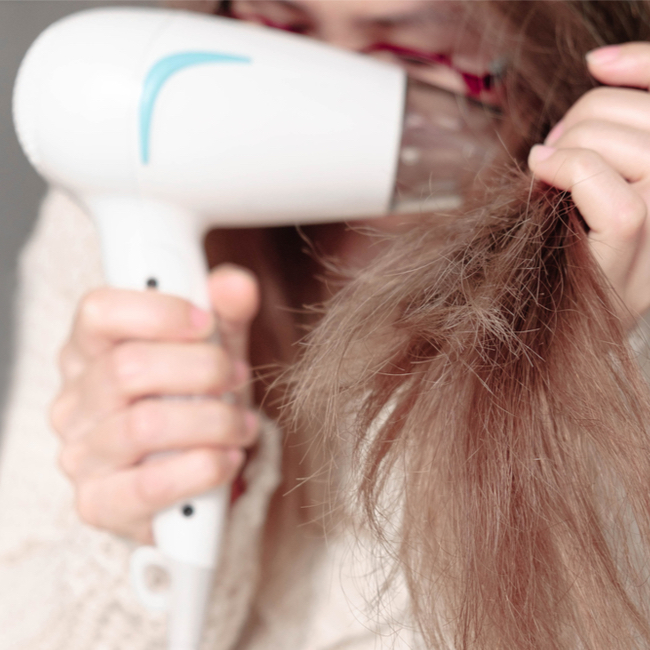
3. Using Hot Tools Without Heat Protectant
When it comes to straighteners, dryers, curling irons, crimpers, etc., not using a heat protectant will undoubtedly lead to damage, Gina Rivera, celebrity hairstylist and founder of Phenix Salon Suites, says. "There are so many styling tools on the market nowadays and it’s important that you have good ones if you want to have great looking hair," she explains.
"A good hot tool will have temperature controls, auto shut offs, and will be durable as well as easy to operate. I recommend tools that utilize infrared technology because the technology works to lock the moisture into the hair strands rather than drying the hair out," she says.
Regarding styling with these types of tools, Lauren Udoh, hairstylist and Hair Creative Director at Wig Reports, says to be careful of over-styling, especially if you have thinning hair.
"Women with thinning hair often make the mistake of over-styling their hair to give it more volume and body," she says. It's also important not to use the wrong tool for your hair type, Udoh notes.
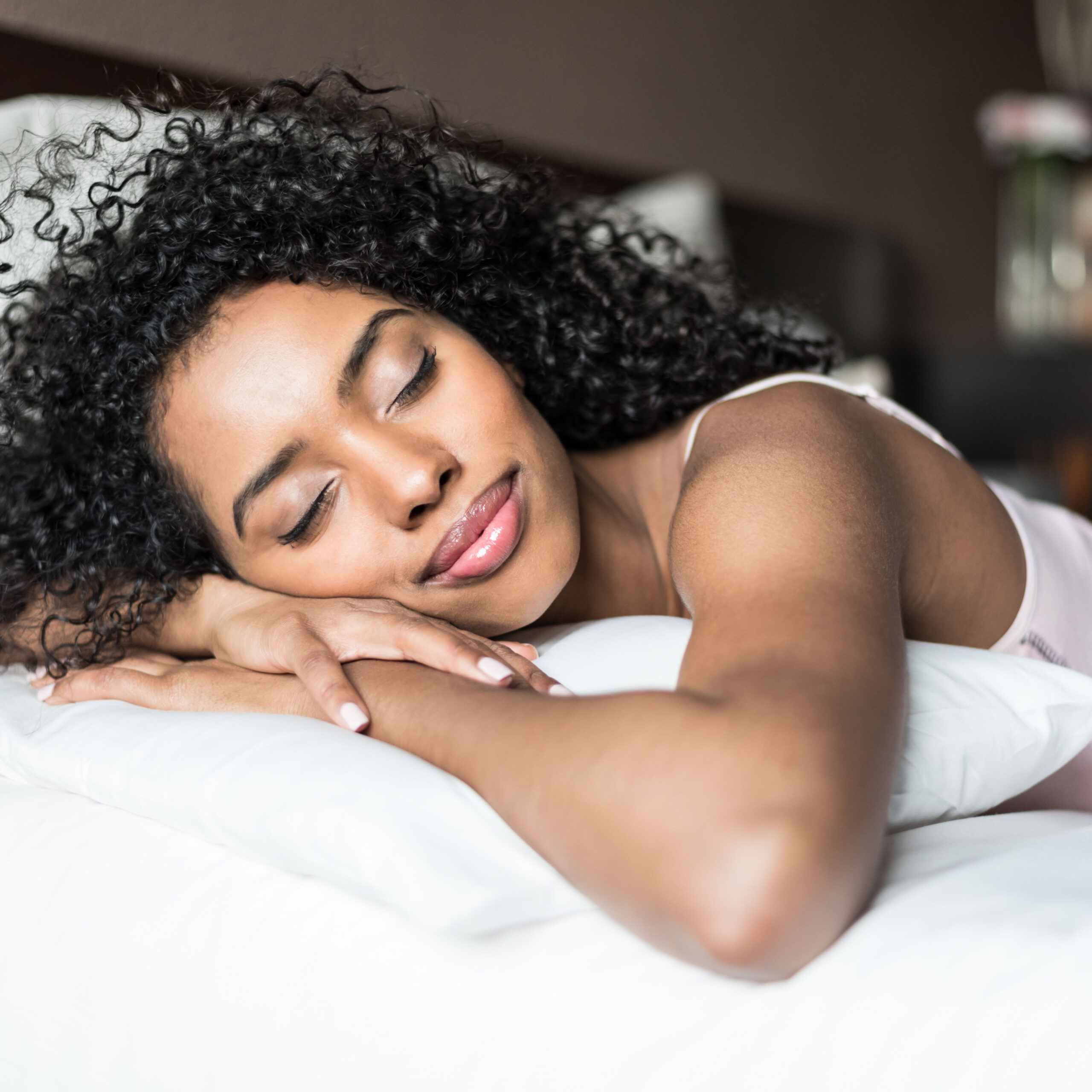
4. Sleeping With A Non-Silk Pillowcase
Silk pillowcases are highly acclaimed among experts and stylists for their soft fabric that won’t aggravate or tug at your strands while you sleep as much as other materials can. For those with thinning hair, Dr. Deanne Mraz Robinson, Chief Medical Officer of Ideal Image and co-founder of Modern Dermatology PC, says, this is a much safer pillowcase alternative.
“I highly recommend a silk pillowcase for everyone, but it is especially important for people with thinning or breaking hair,” says Robinson. The silk, she notes, causes less friction— helping to avoid pulling or breaking strands while you move in your sleep.
“I also recommend pulling your hair up into a gentle top knot with a silk scrunchie to keep it off of the chemicals on your face at night which can also make them more vulnerable to breakage,” she adds (retinols & AHAs for example).
For this same reason, Robinson says it’s important to gently pull your hair back when cleansing your face and applying your PM skincare routine, which “typically contains actives that can be aggressive on the fine strands of hair that frame our face.”
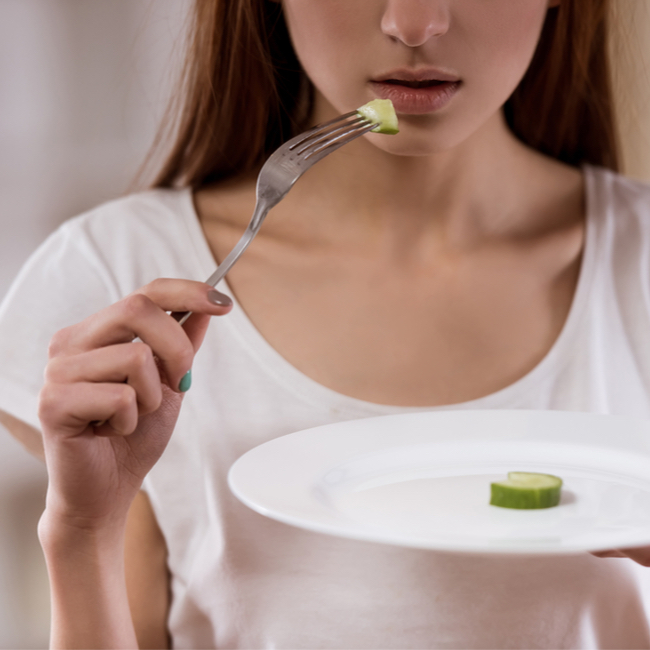
5. Fad Dieting / Inconsistent Eating Habits
A crucial (if not the most) important way to take care of your tresses is eating a well-balanced diet containing vitamins such as biotin, vitamin A, zinc, iron, etc. With that said, engaging in trendy fad diets or making inconsistent choices with your diet can heavily impact already-thinning hair, Kerry Yates, trichologist at Colour Collective, says.
“Like starting a cleanse, extreme dieting can wreak havoc on your hair,” Yates notes. “When you make such drastic changes, you ultimately cut out body-loving nutrients, negatively impacting your hair’s life cycle.”
Jose Mier, hair expert and founder of Heliotherapy Research Institute, agrees, saying a “lack of vitamins and minerals in your diet is a huge reason your thinning hair looks worse.”
This, he says, is because “you aren’t getting enough nutrition needed” for healthy hair. “It also affects your hormonal system, which leads to hair fallout,” he continues. “So, you must talk to a doctor about what supplements to take.”
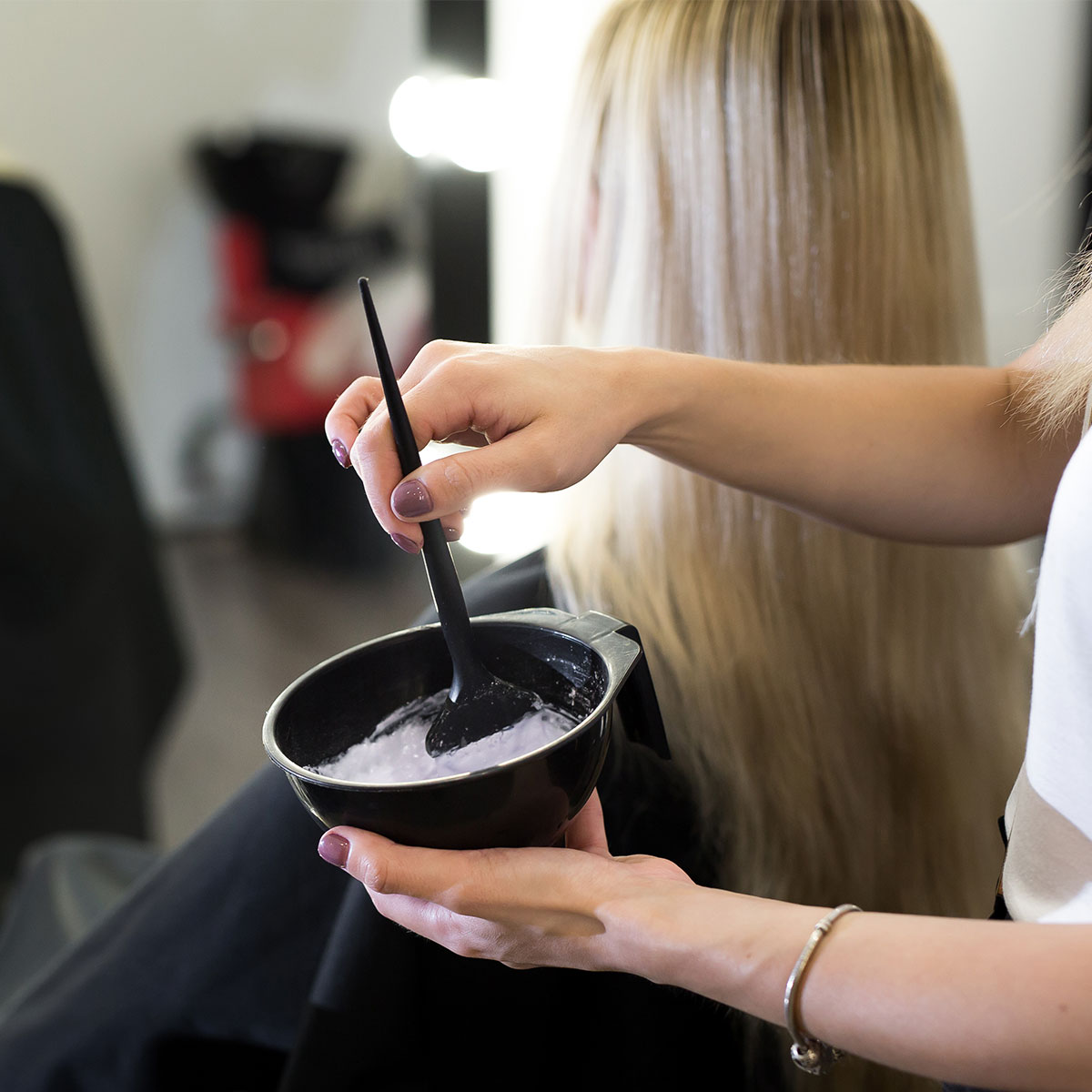
6. DIY Bleaching and Hair Coloring
While it may be tempting to experiment with a new color on your own, Rivera explains that this might end up requiring a salon fix-up (so it's much more of a time-saver to head there in the first place).
"My number one rule is to never take on something that a professional should be doing when it comes to your hair, especially processes that involve chemicals," she explains. There is a science and chemistry involved in services such as coloring, highlighting and perming, she says, and professionals are "well trained to understand the proper methods for application."
Incorrect application can lead to damaging your hair, she adds, and this can result in "long-term irreversible damage in extreme cases." Likewise, professionals attend school and often apprentice to learn "proper cutting techniques that ensure a great look," she notes, "so I suggest staying away from the urge to cut your own hair or someone else’s if you’re not properly trained."
Overall, all of these common hair mistakes that can lead to thinning also (luckily!) have pretty easy solutions. Although you can’t always prevent everything that leads to thinner hair, you can do your part to take good care of your hair at home to keep it in tip-top shape.


























